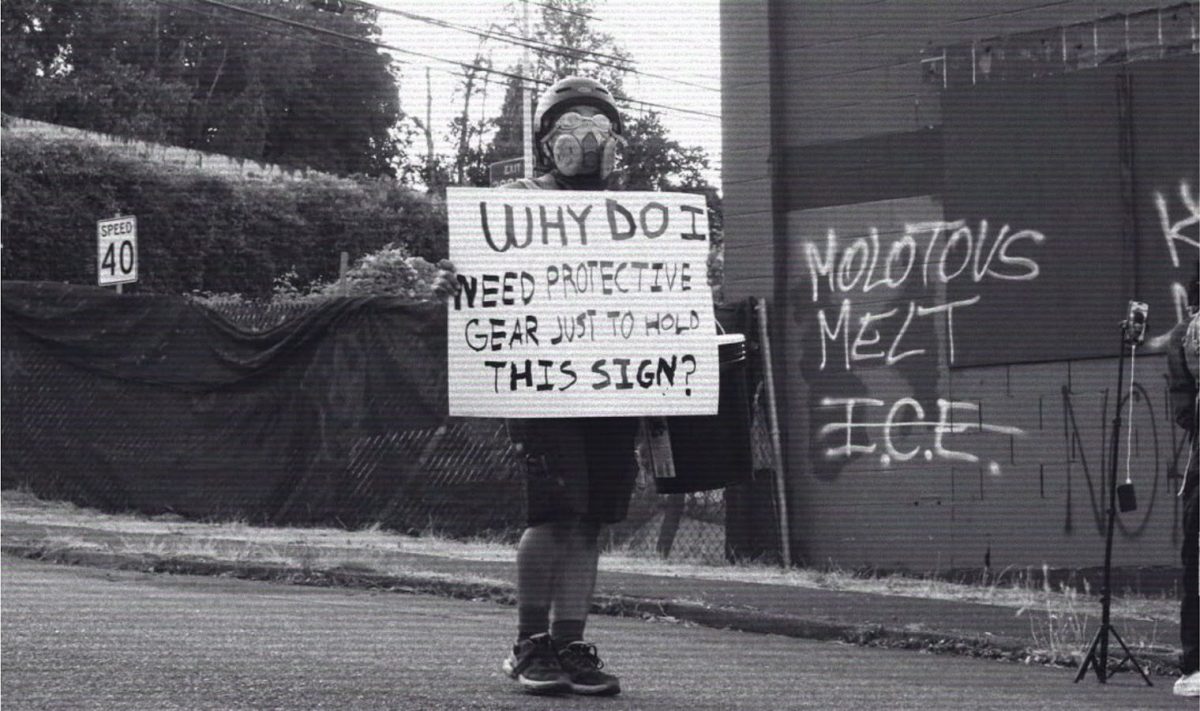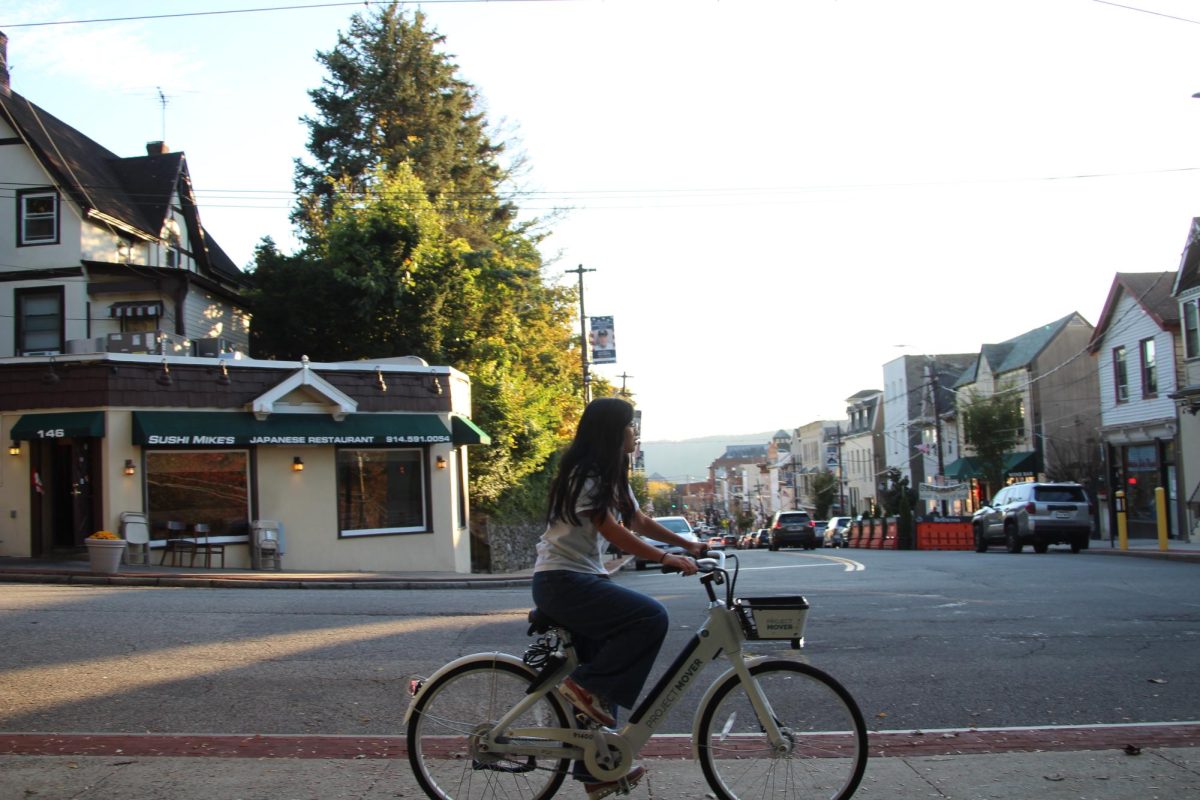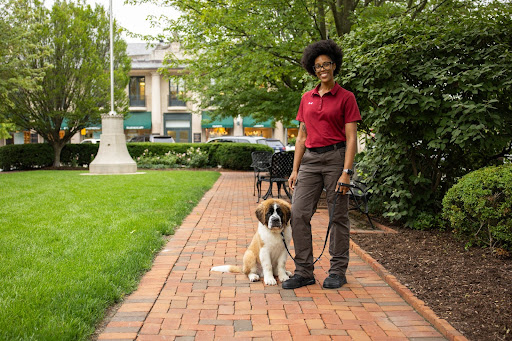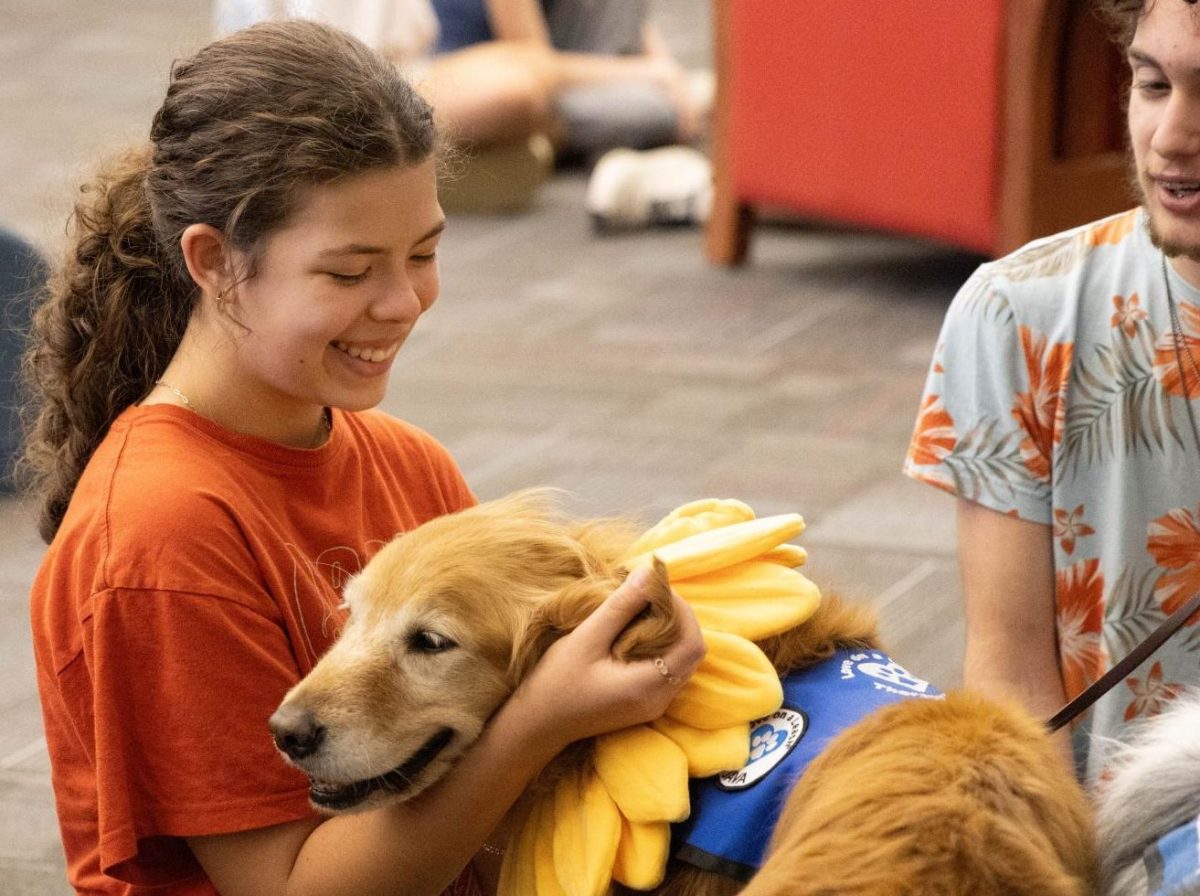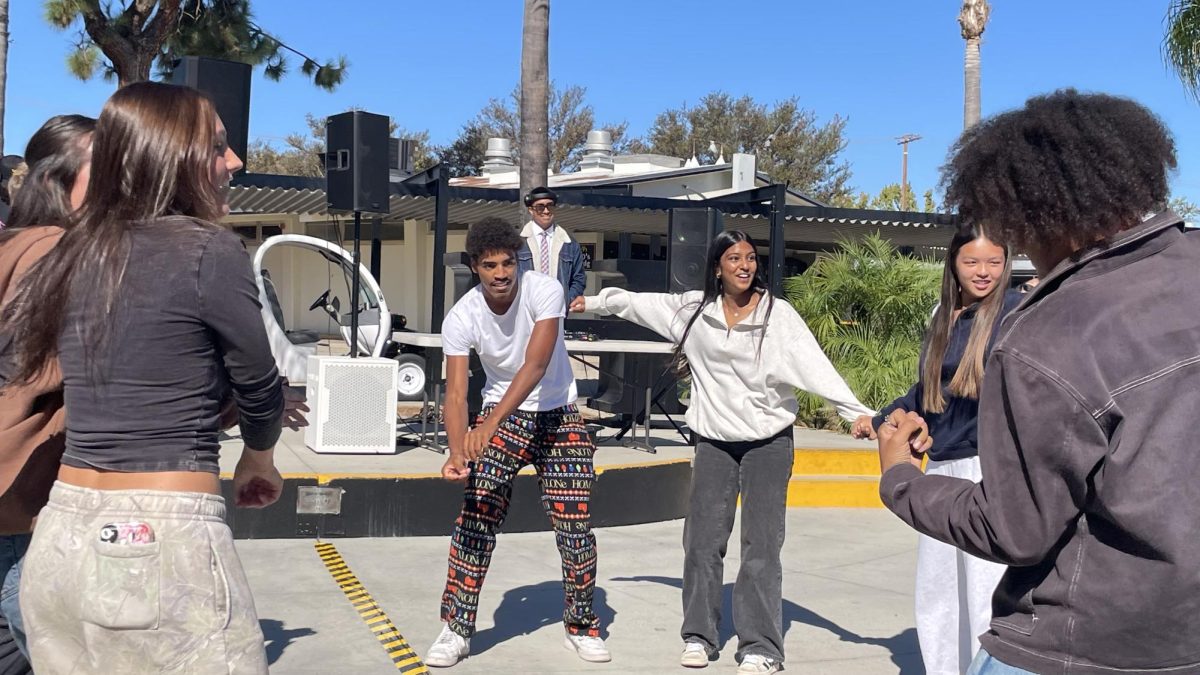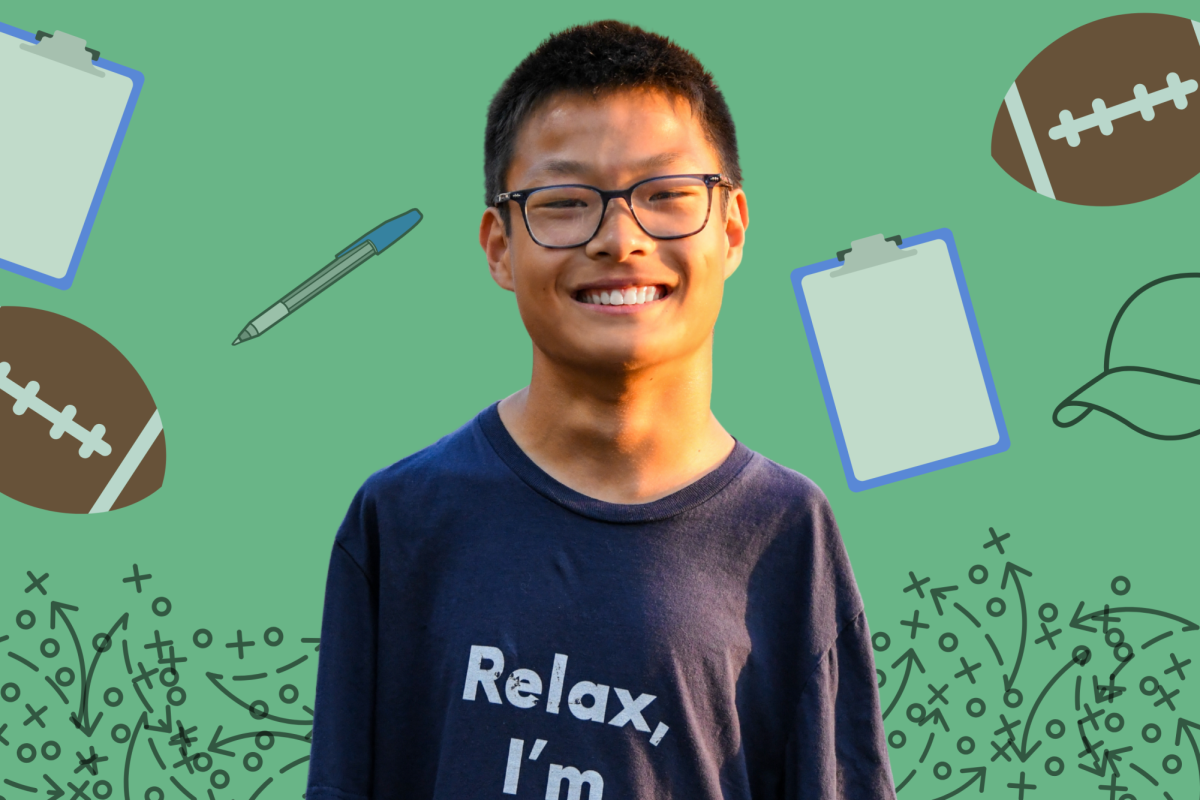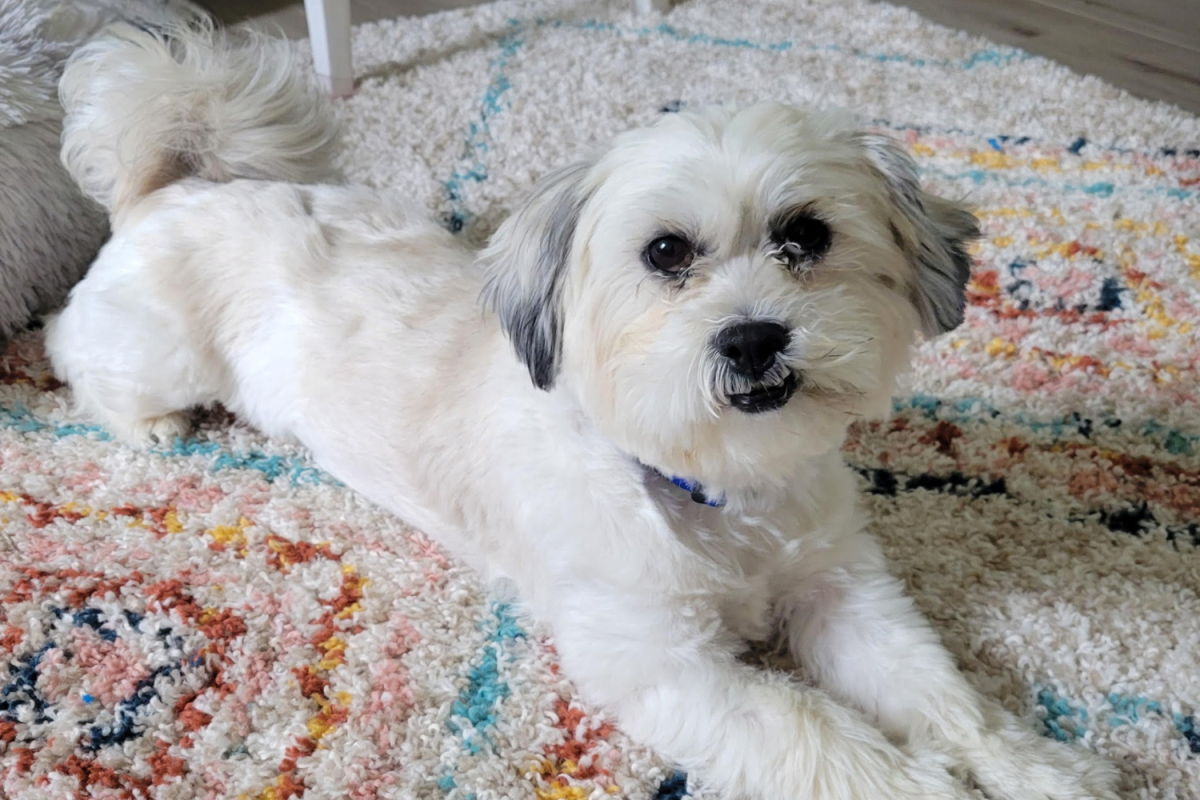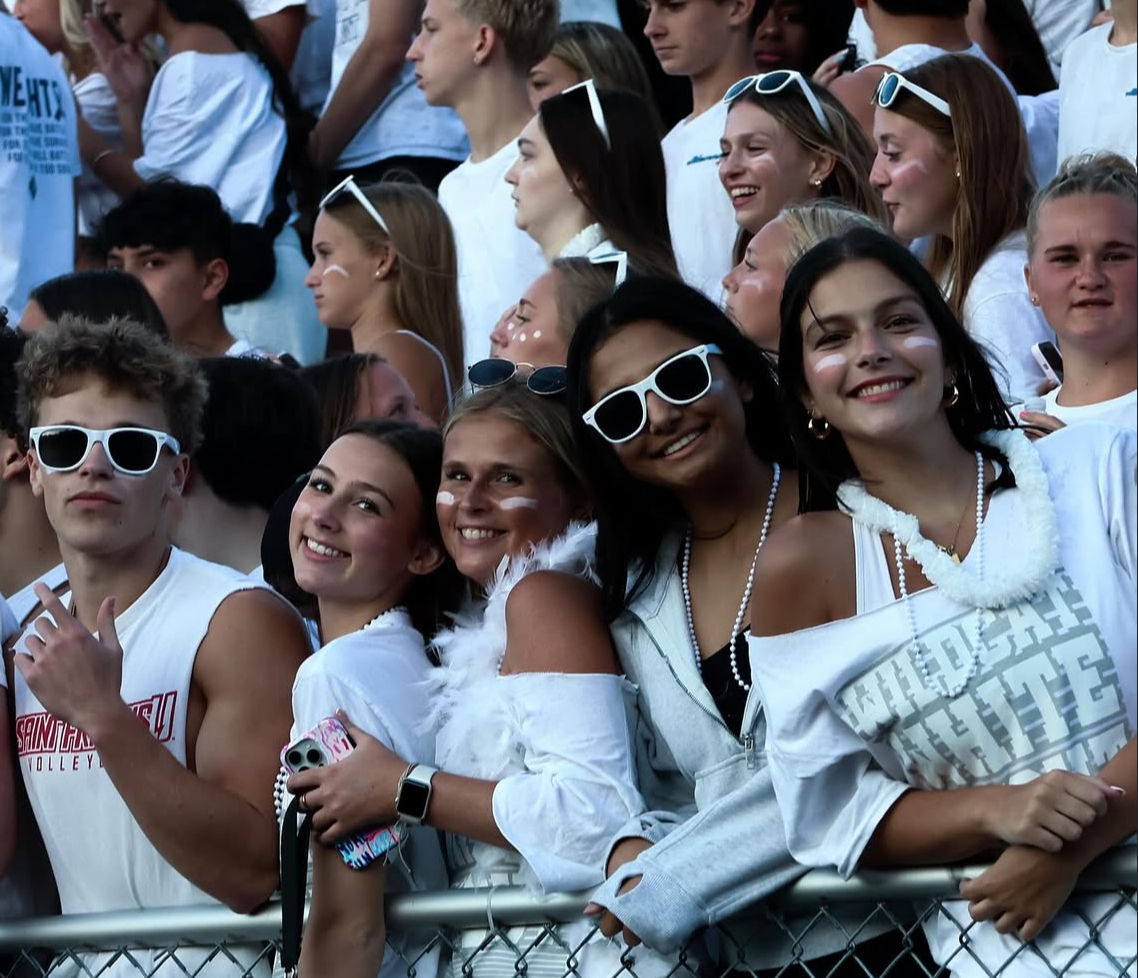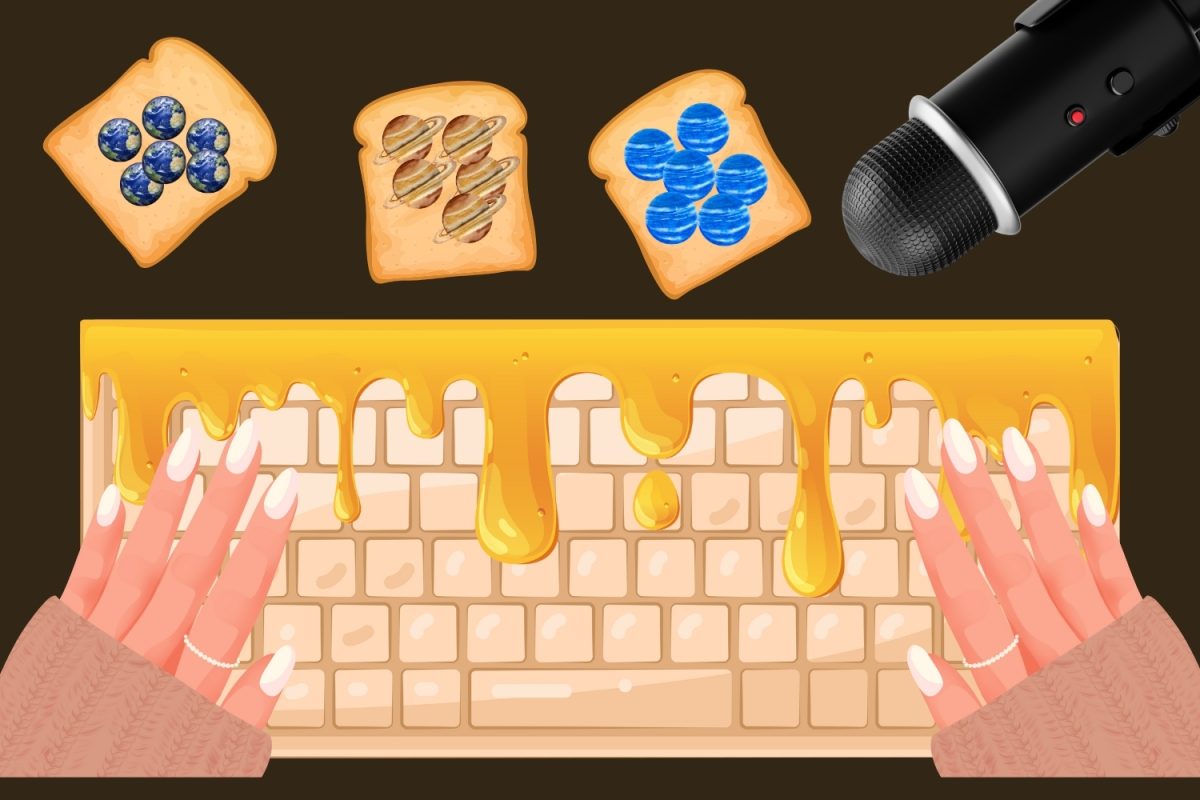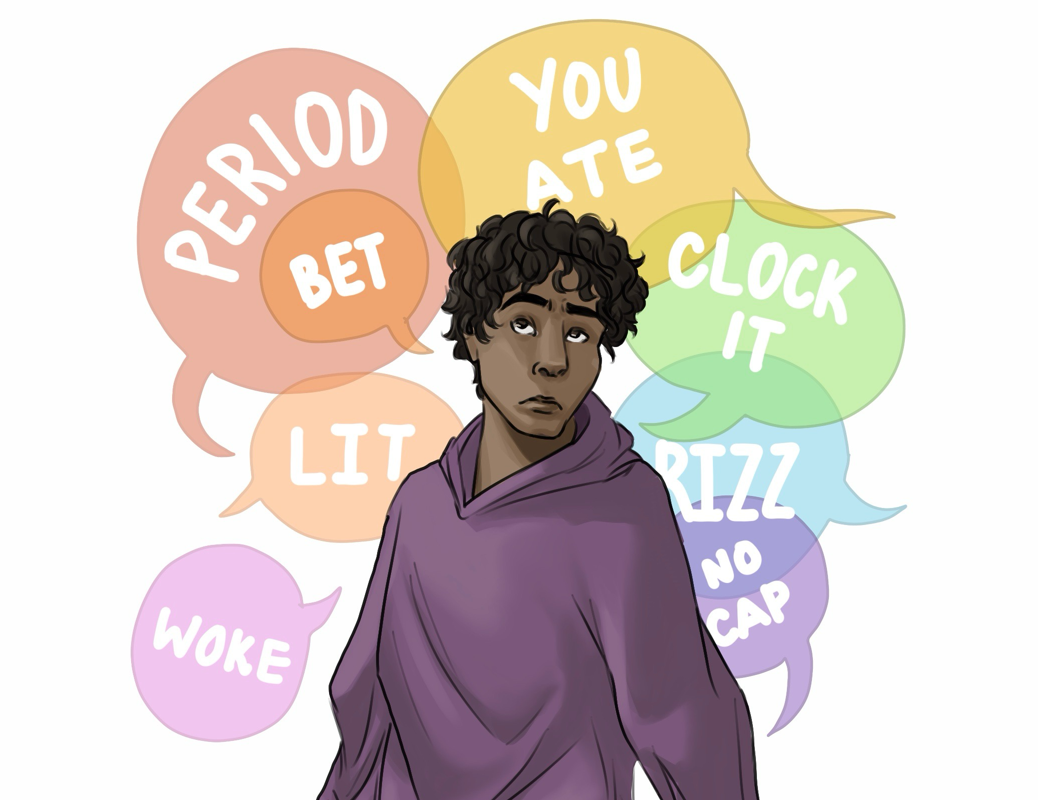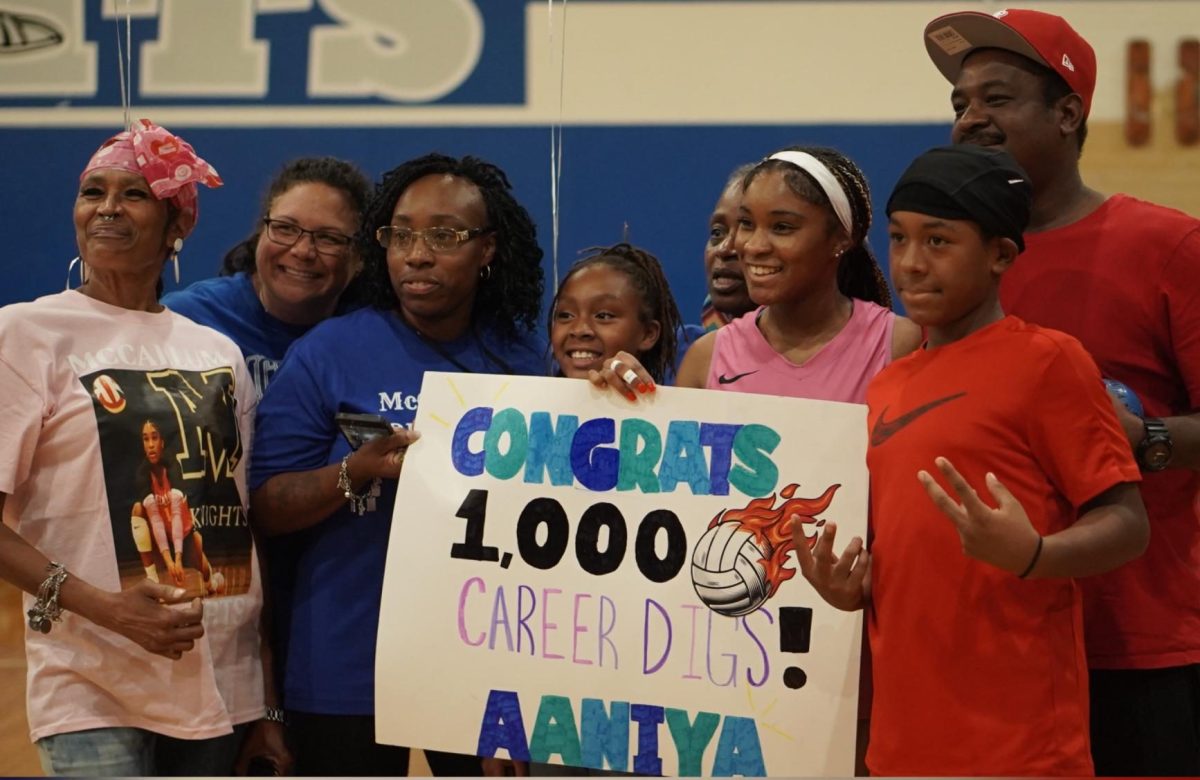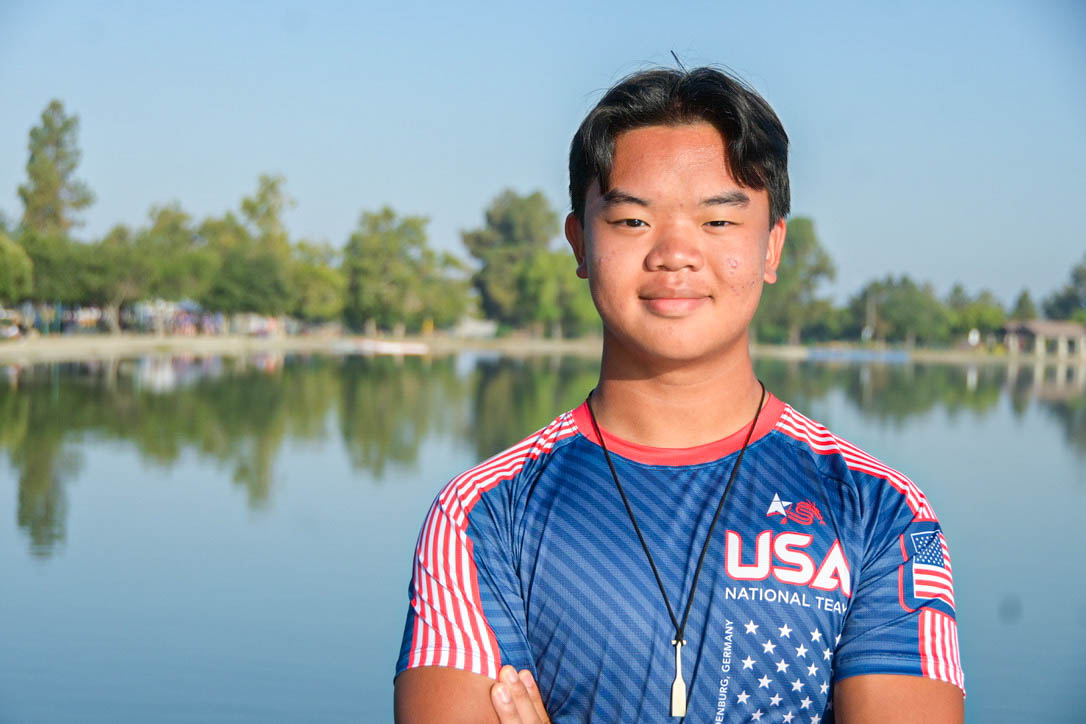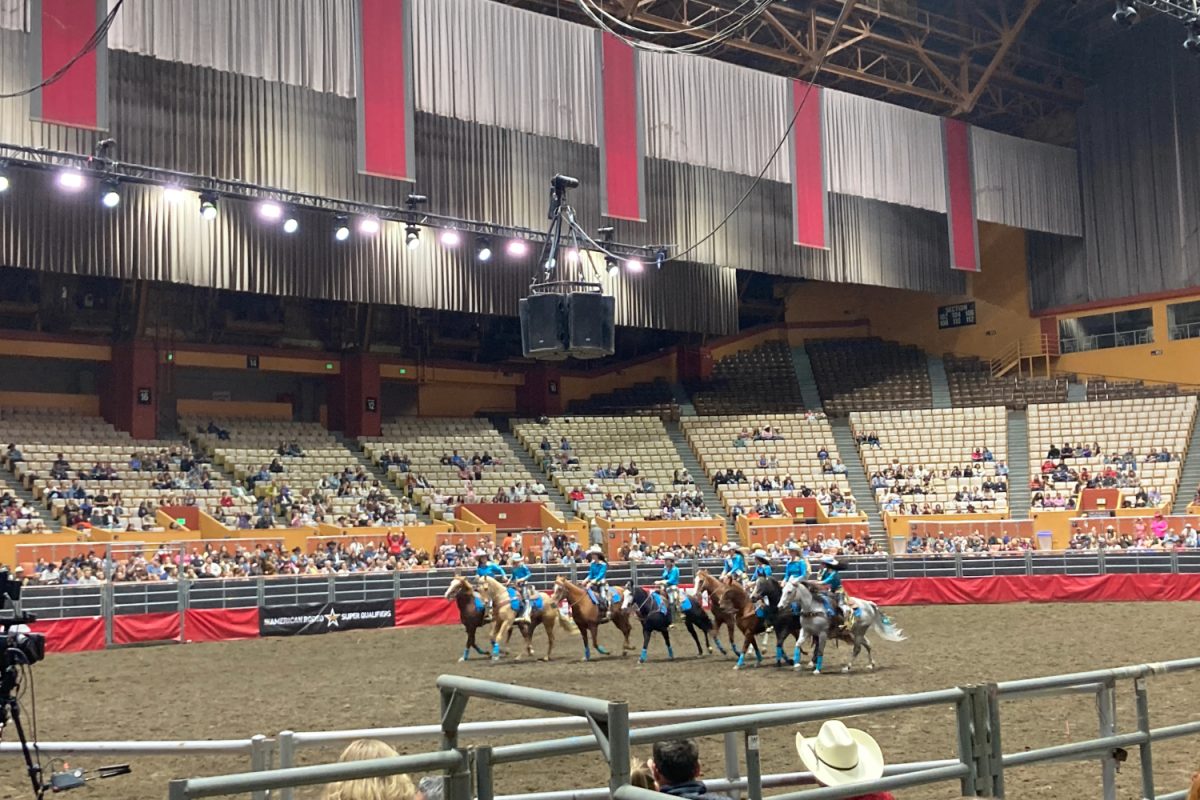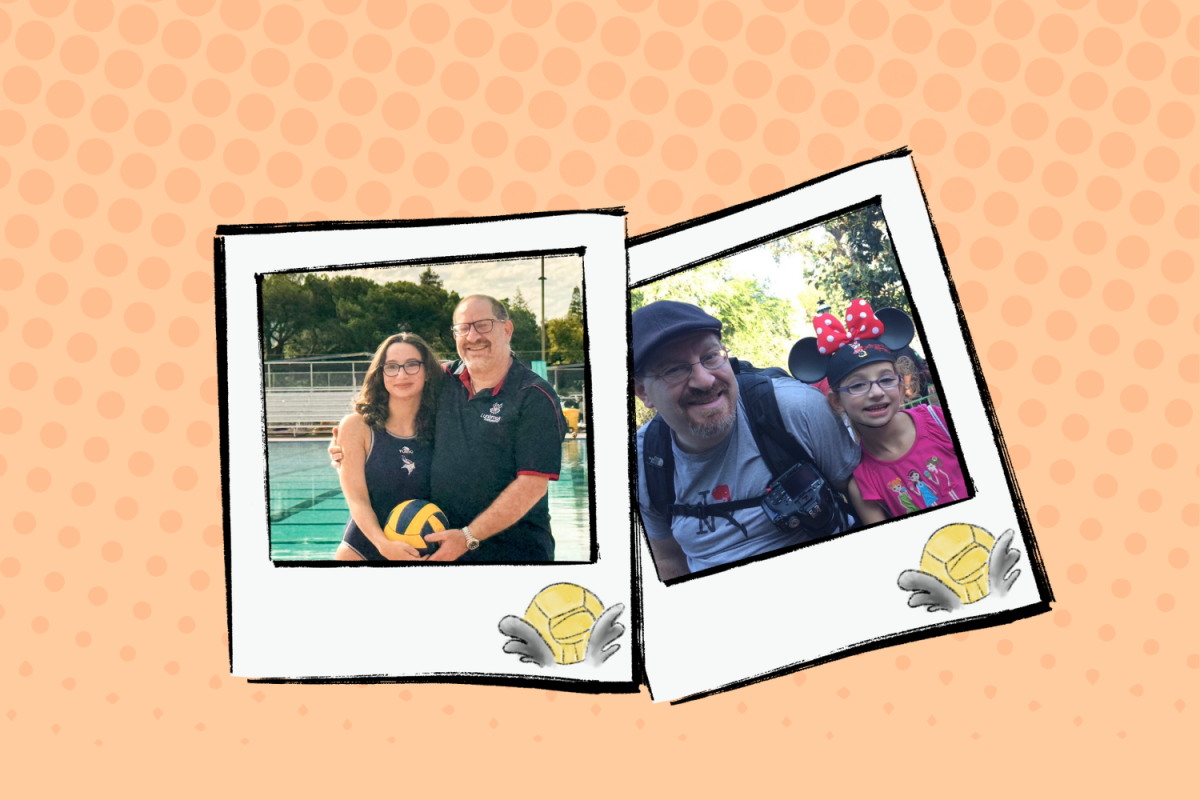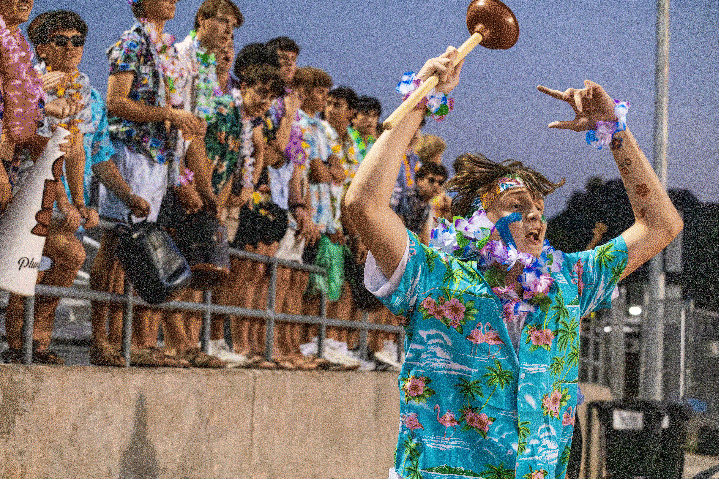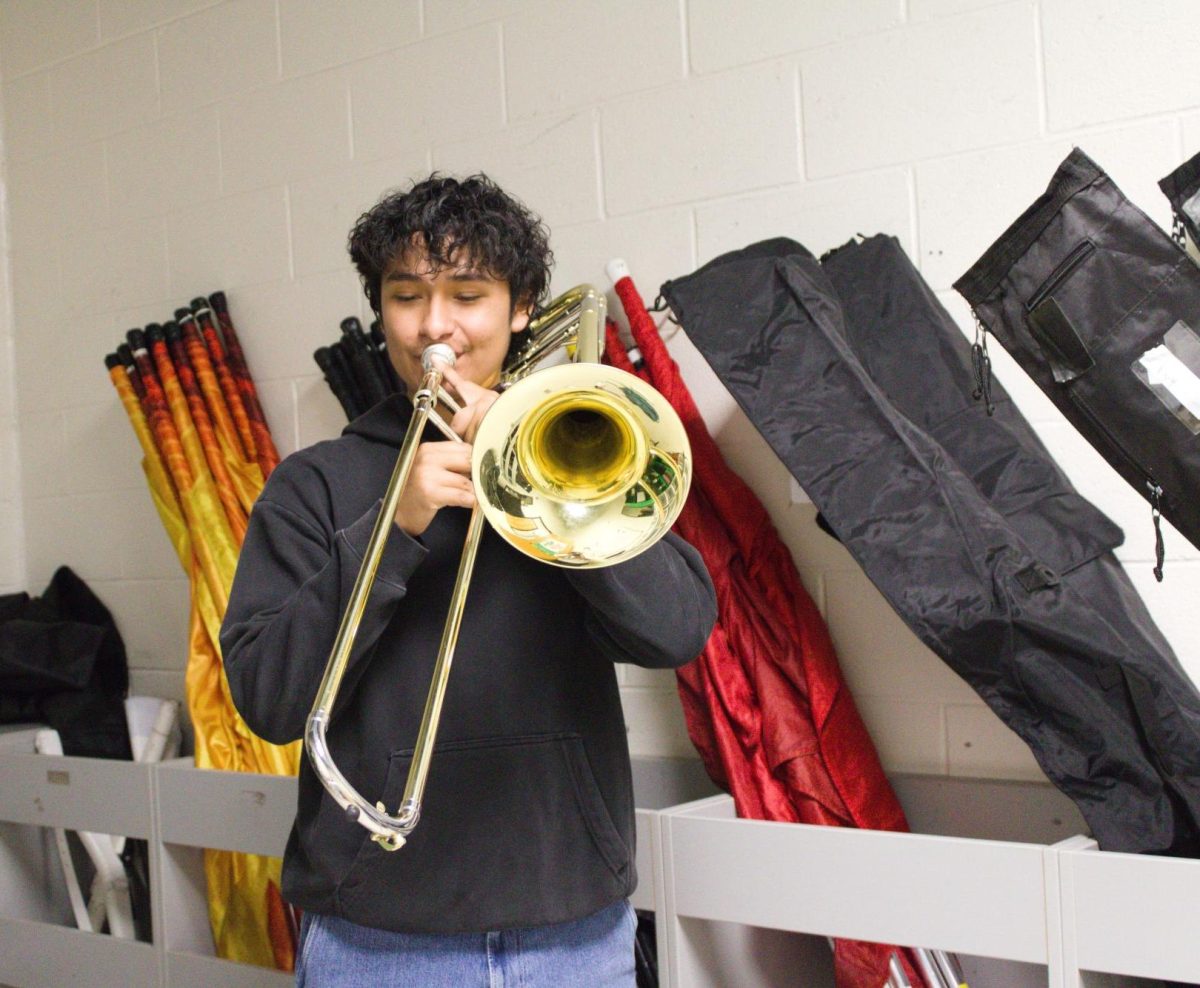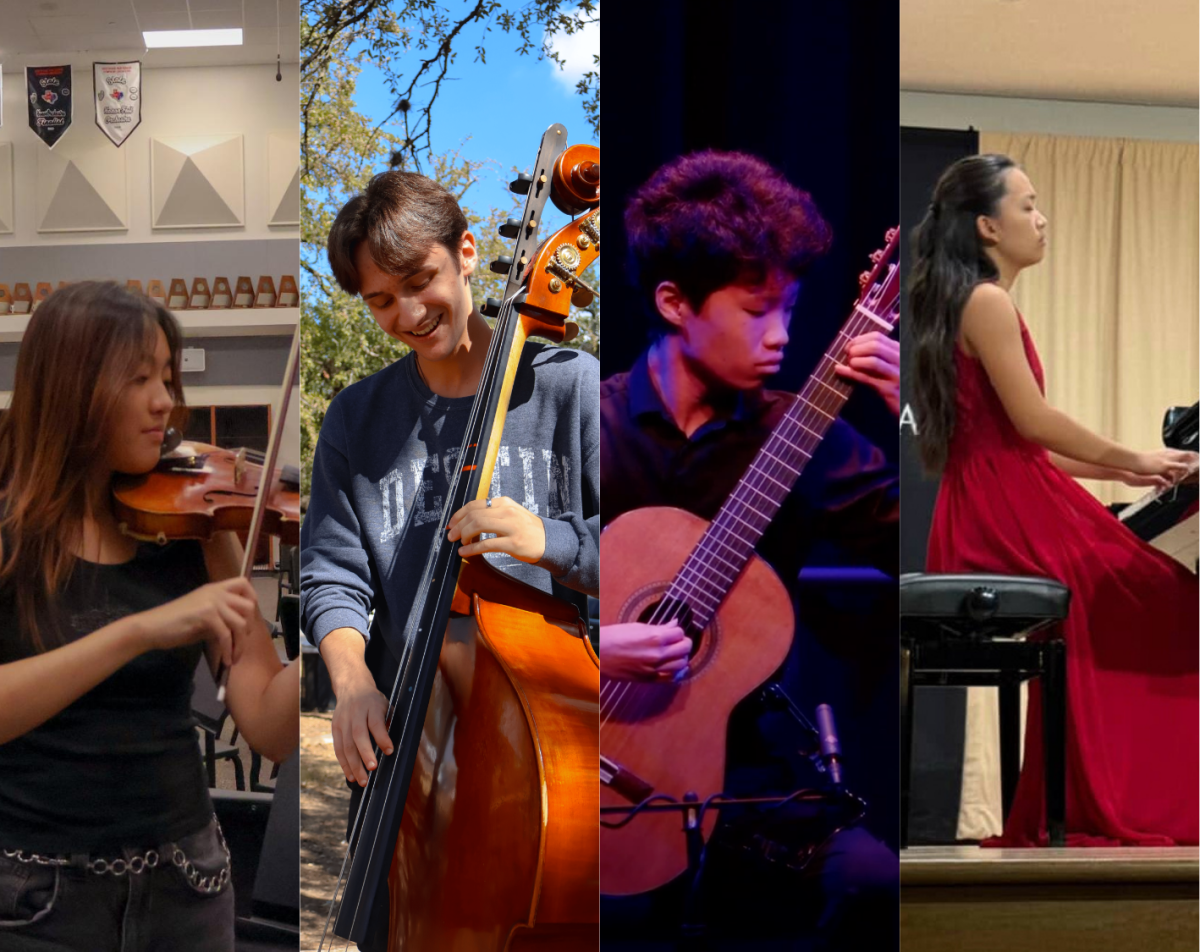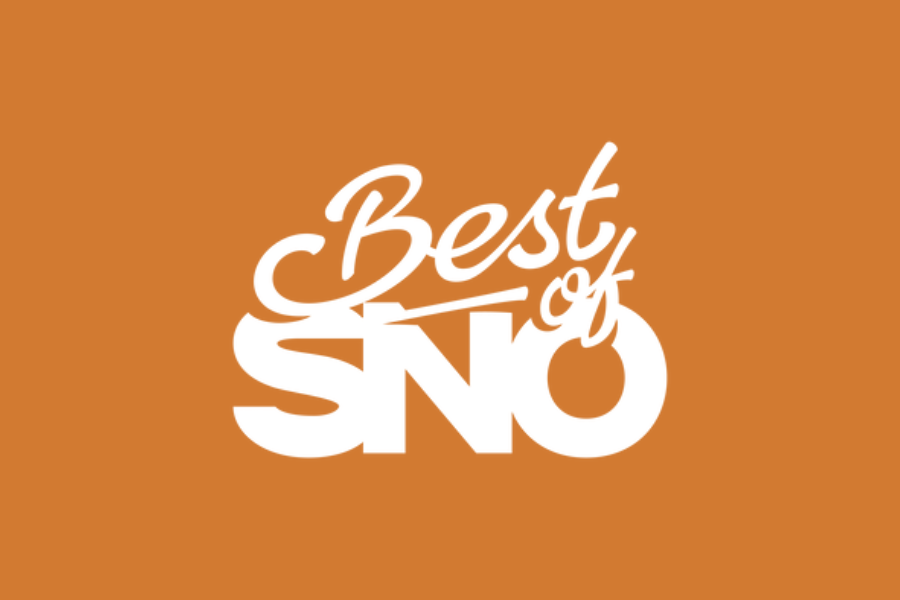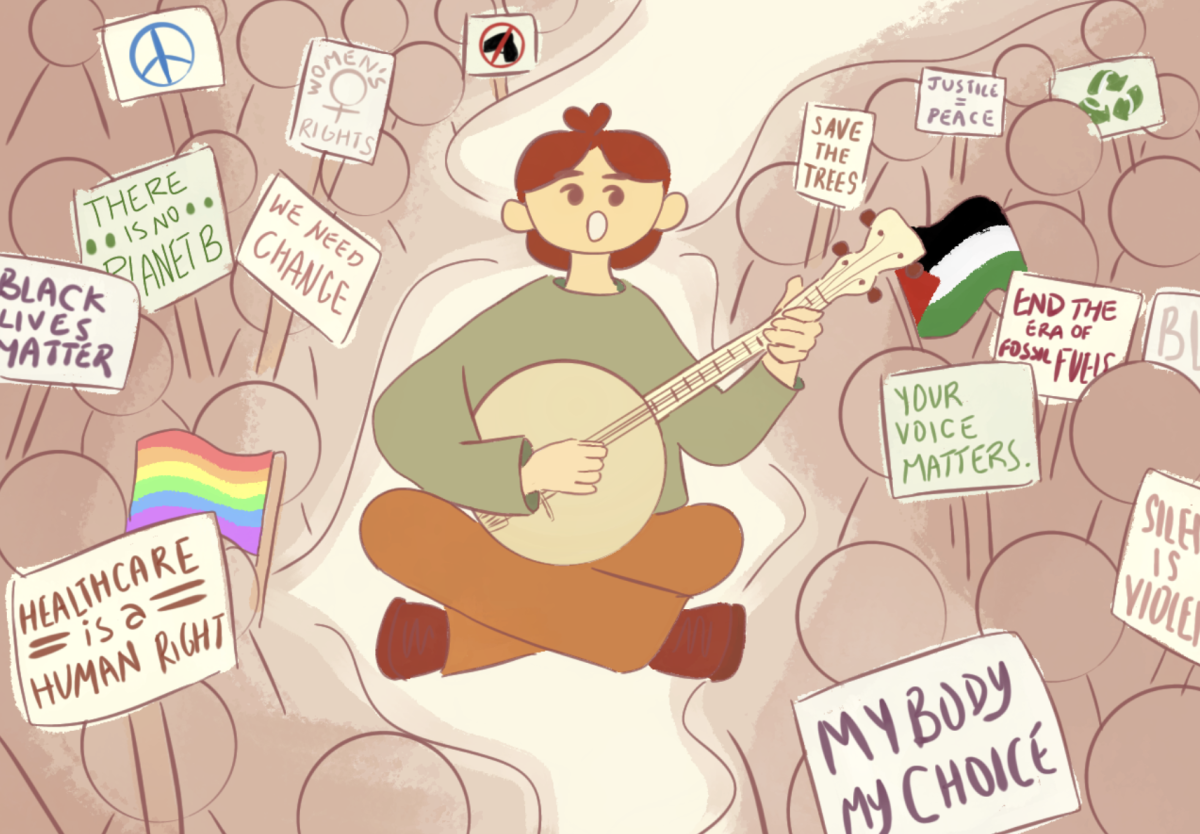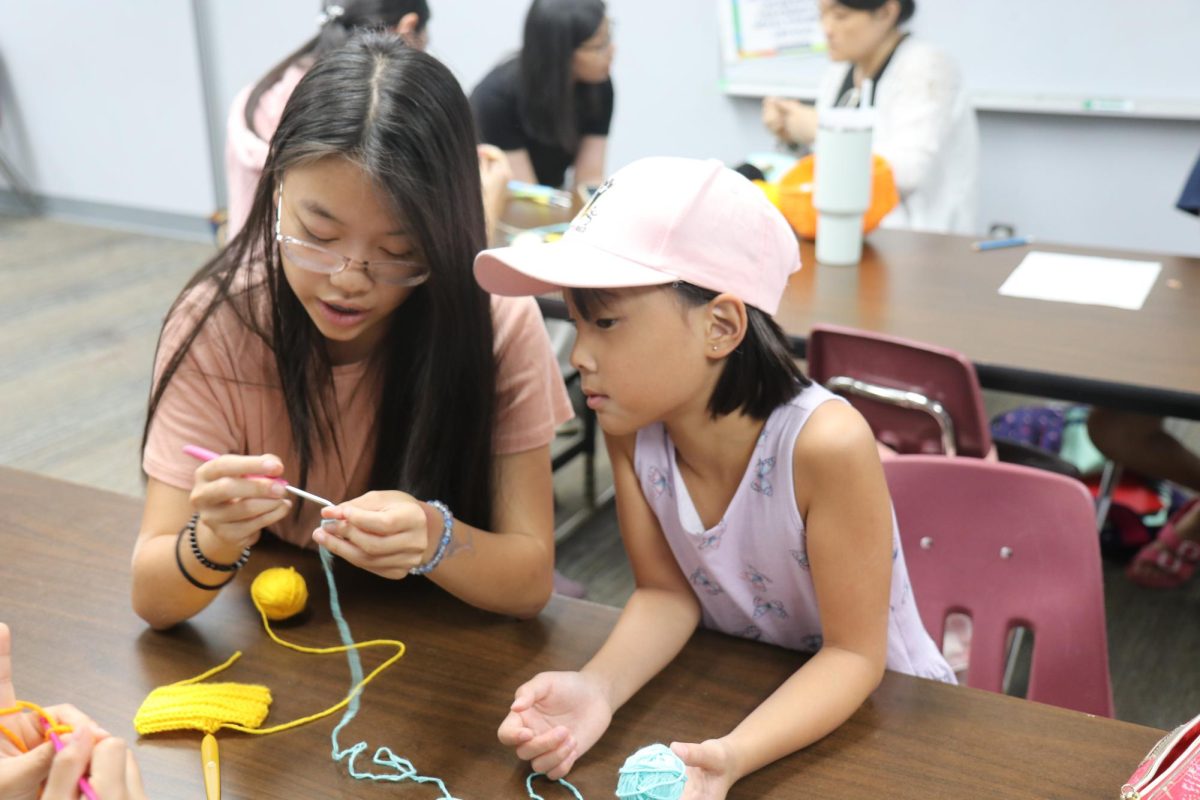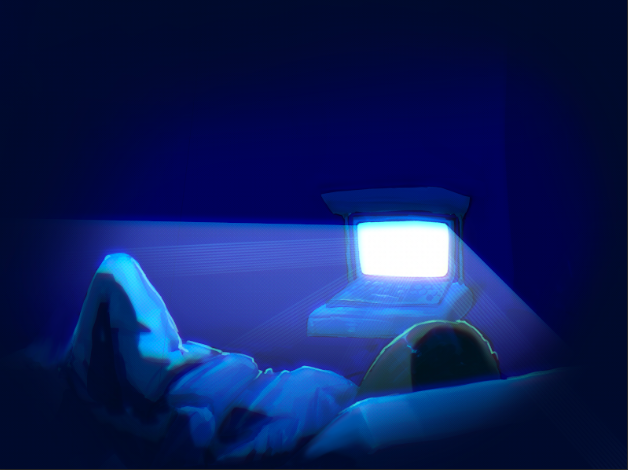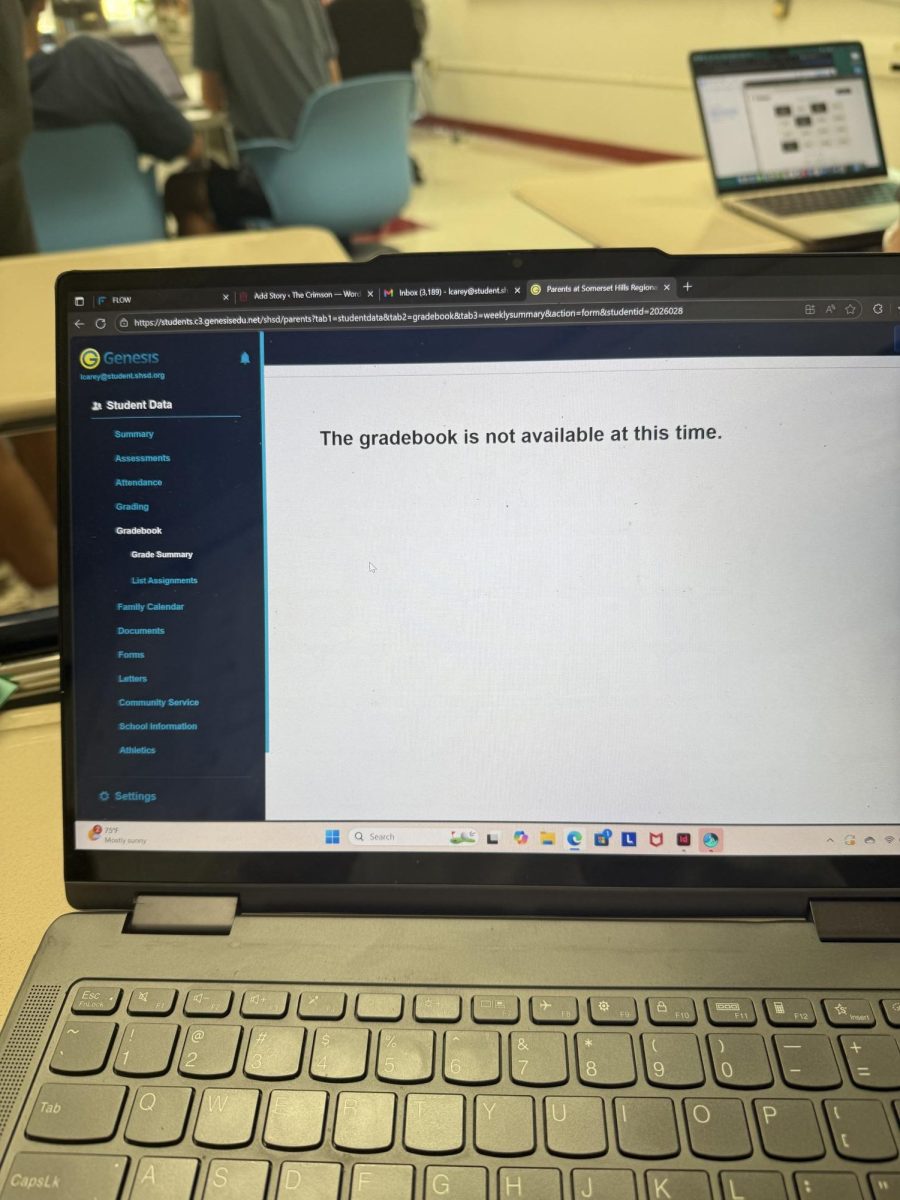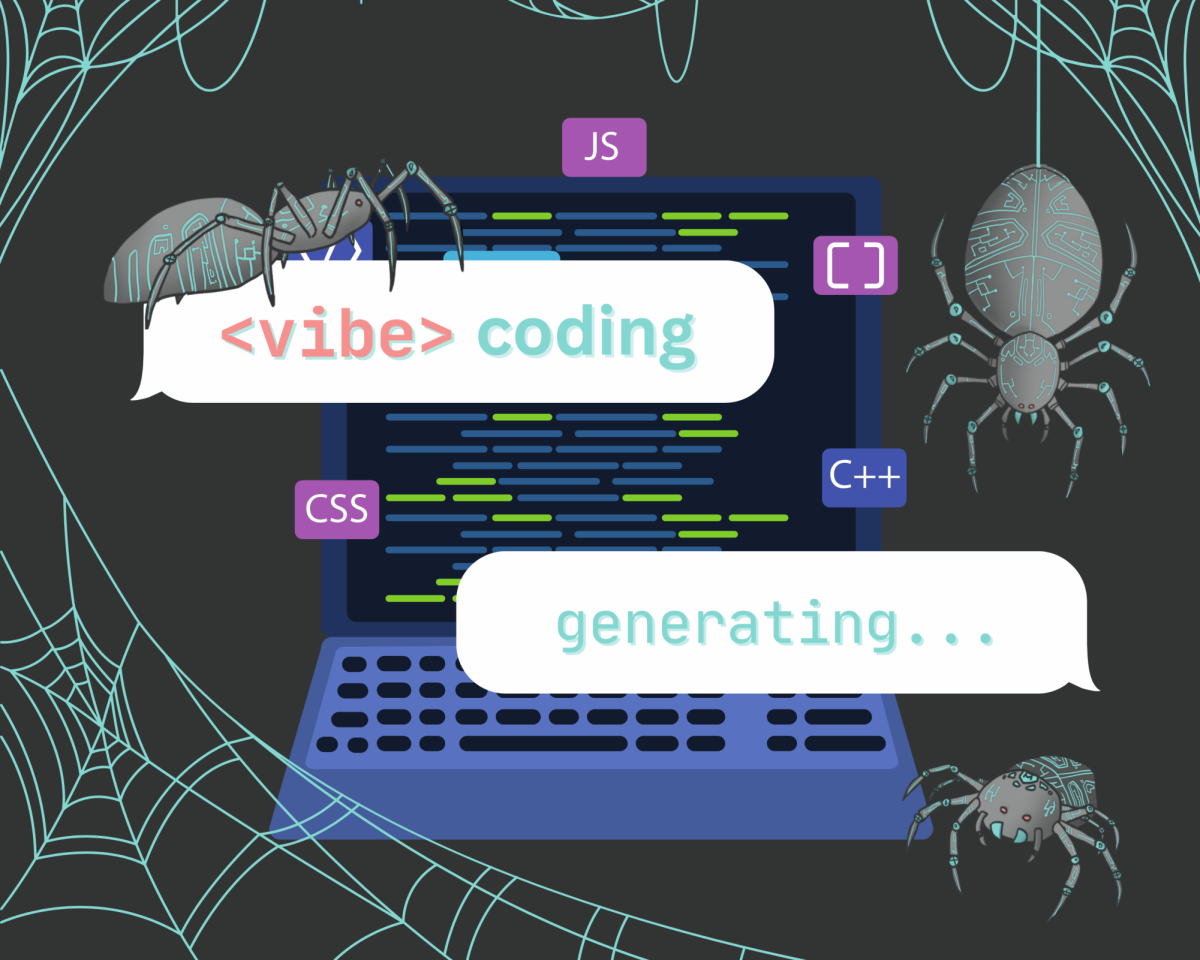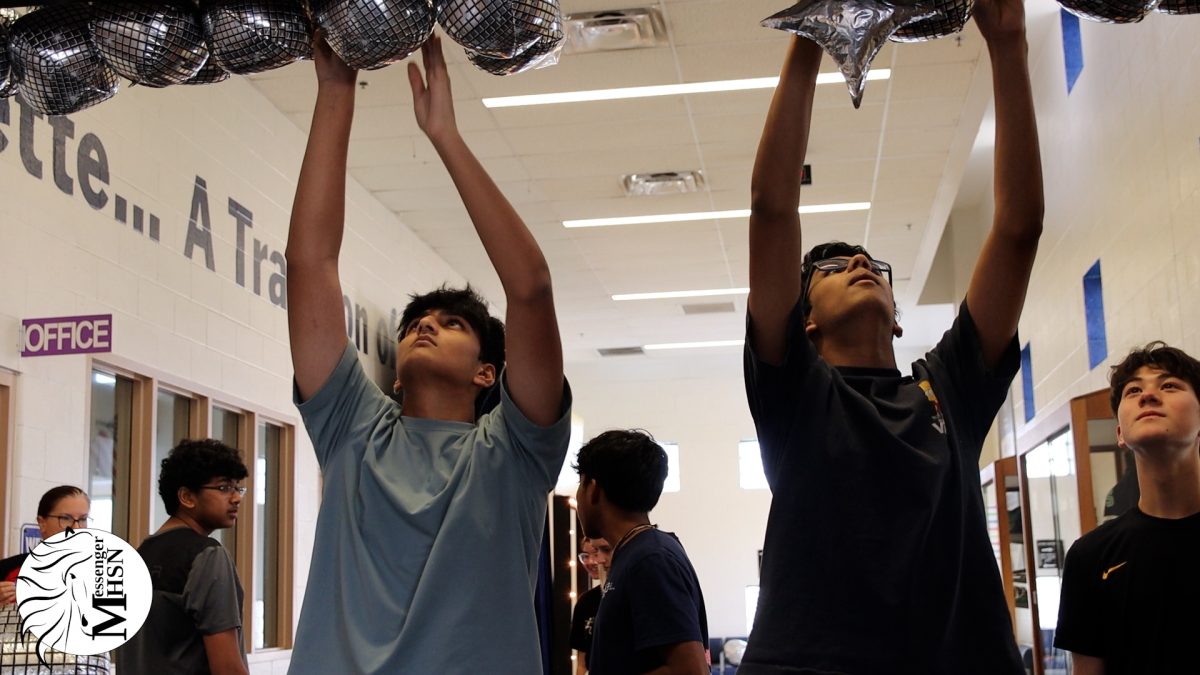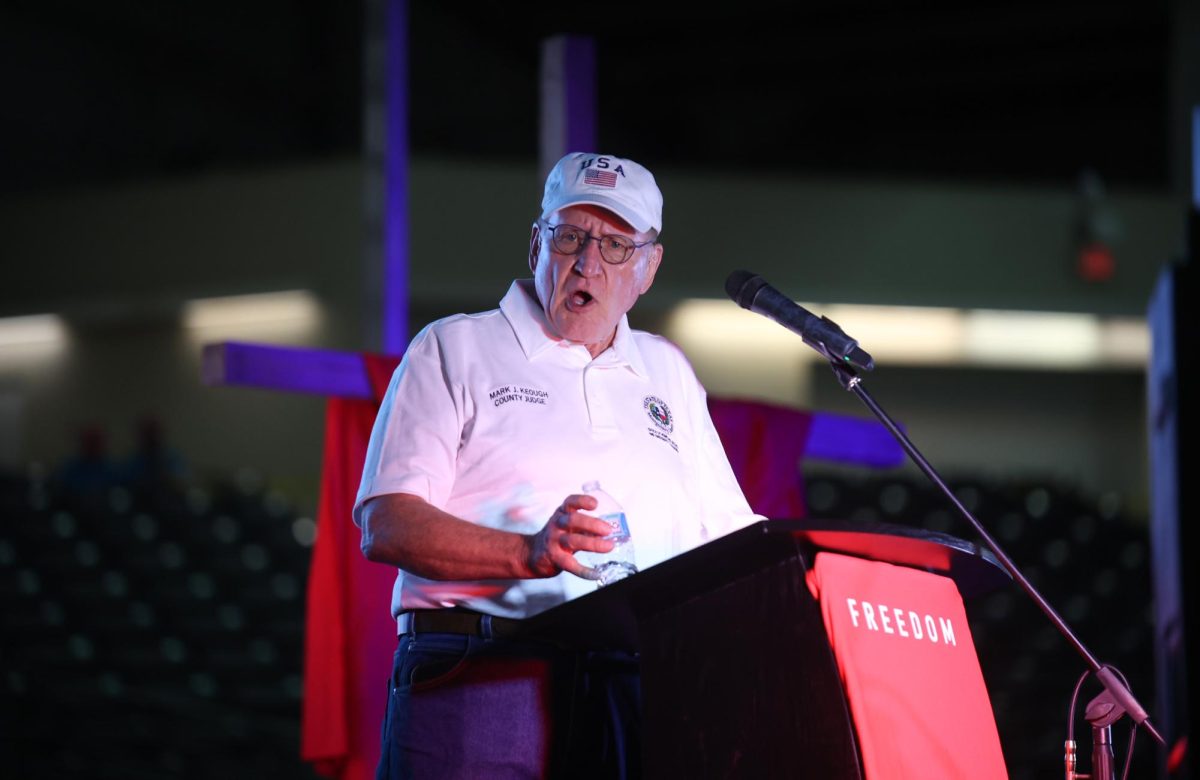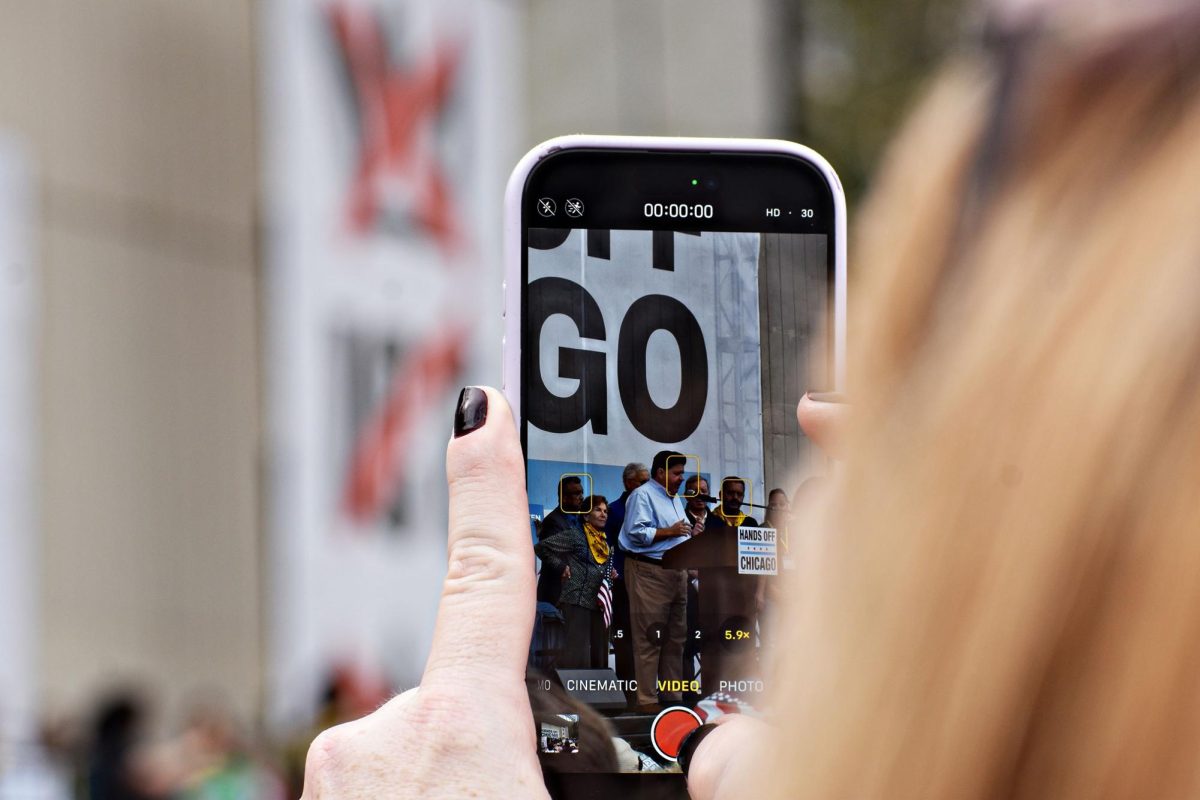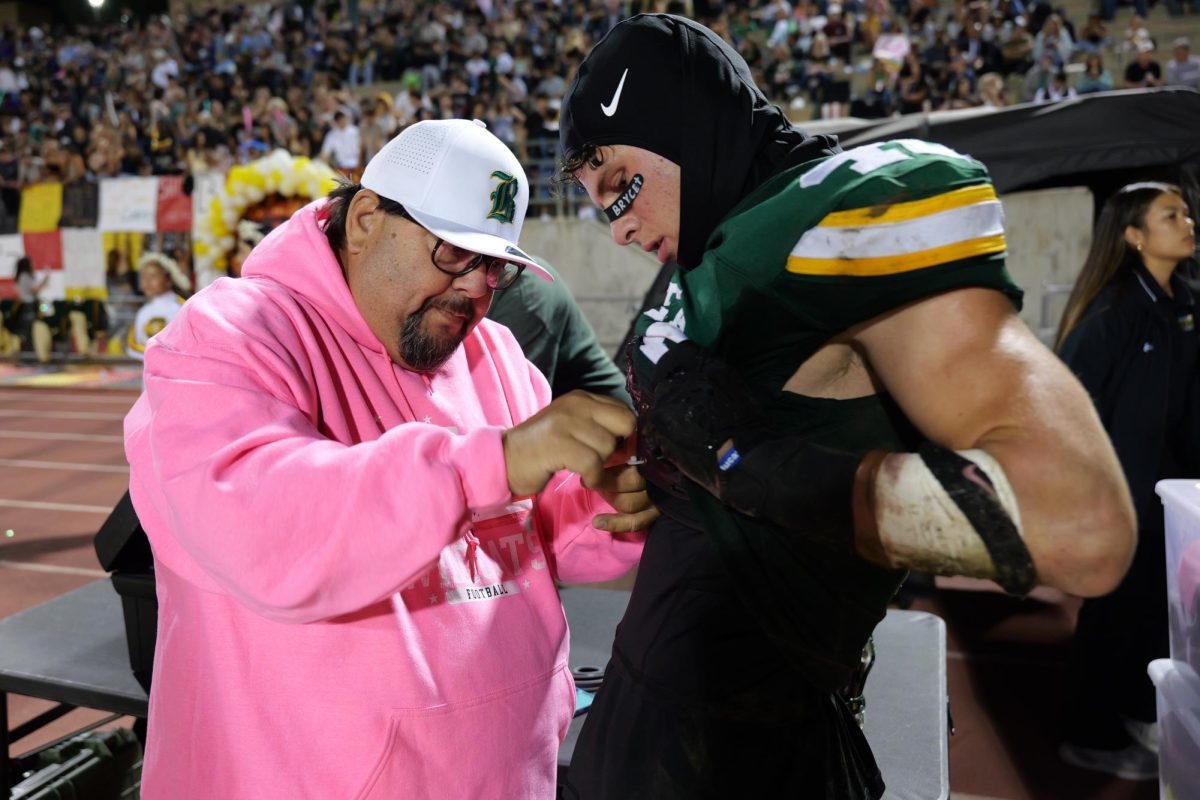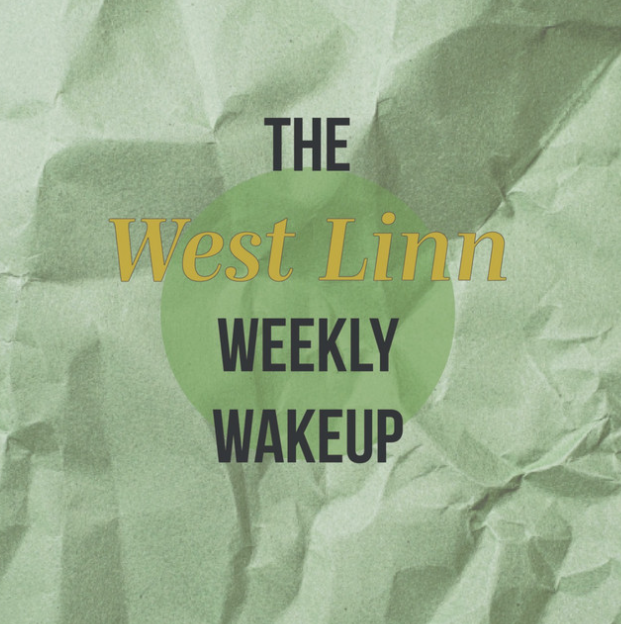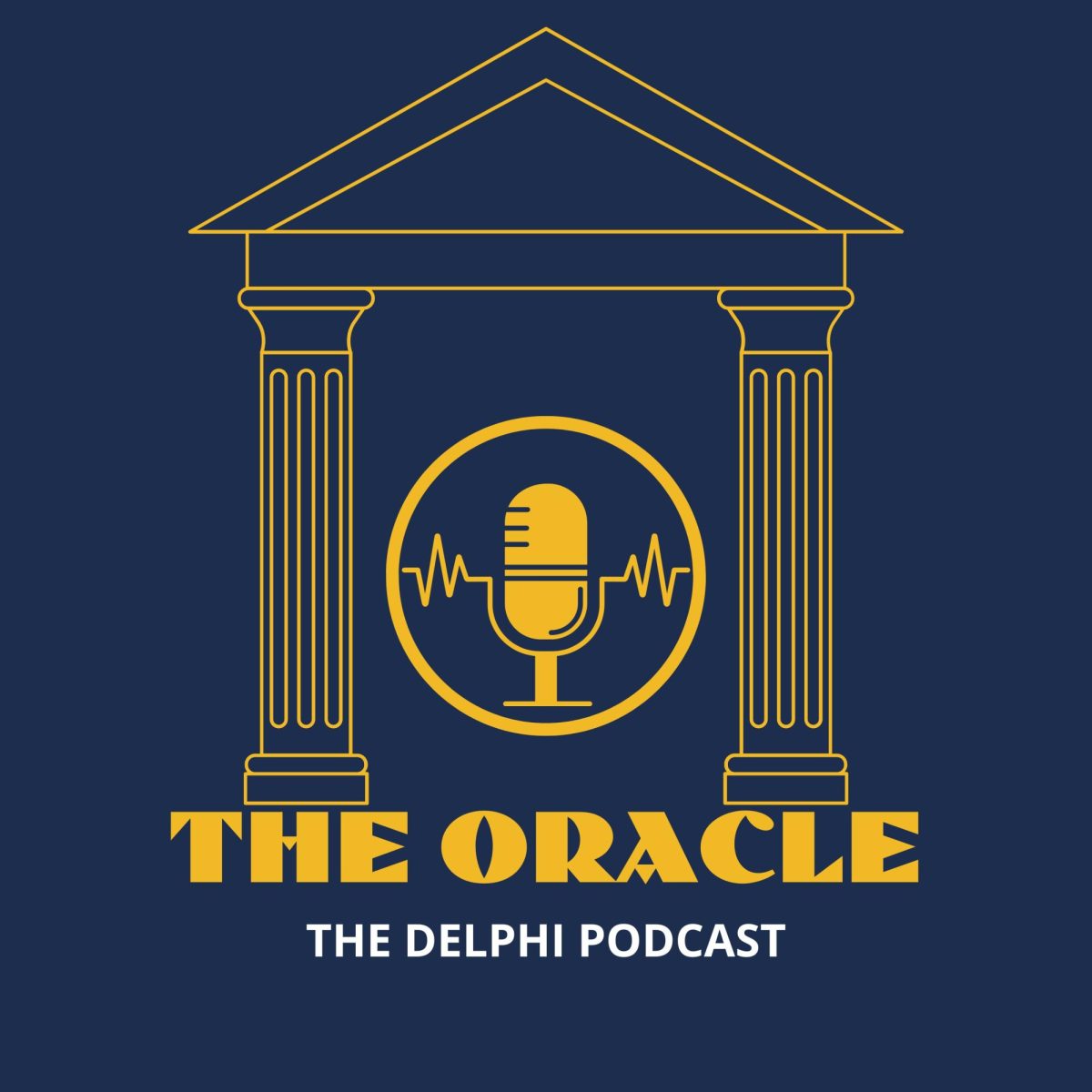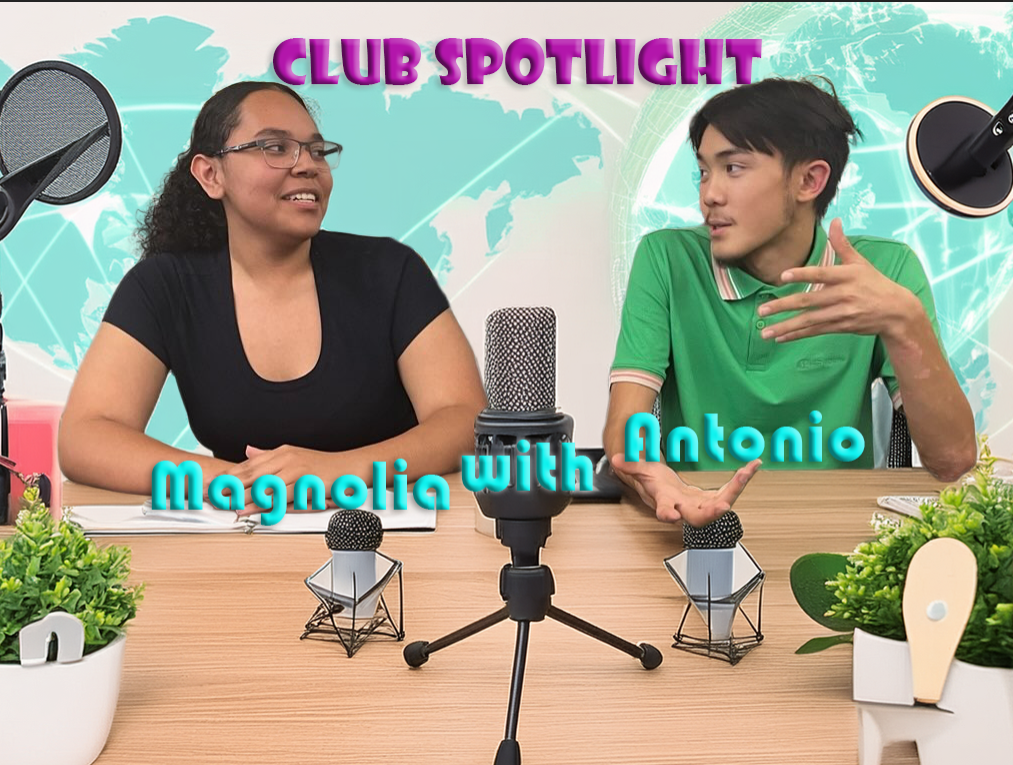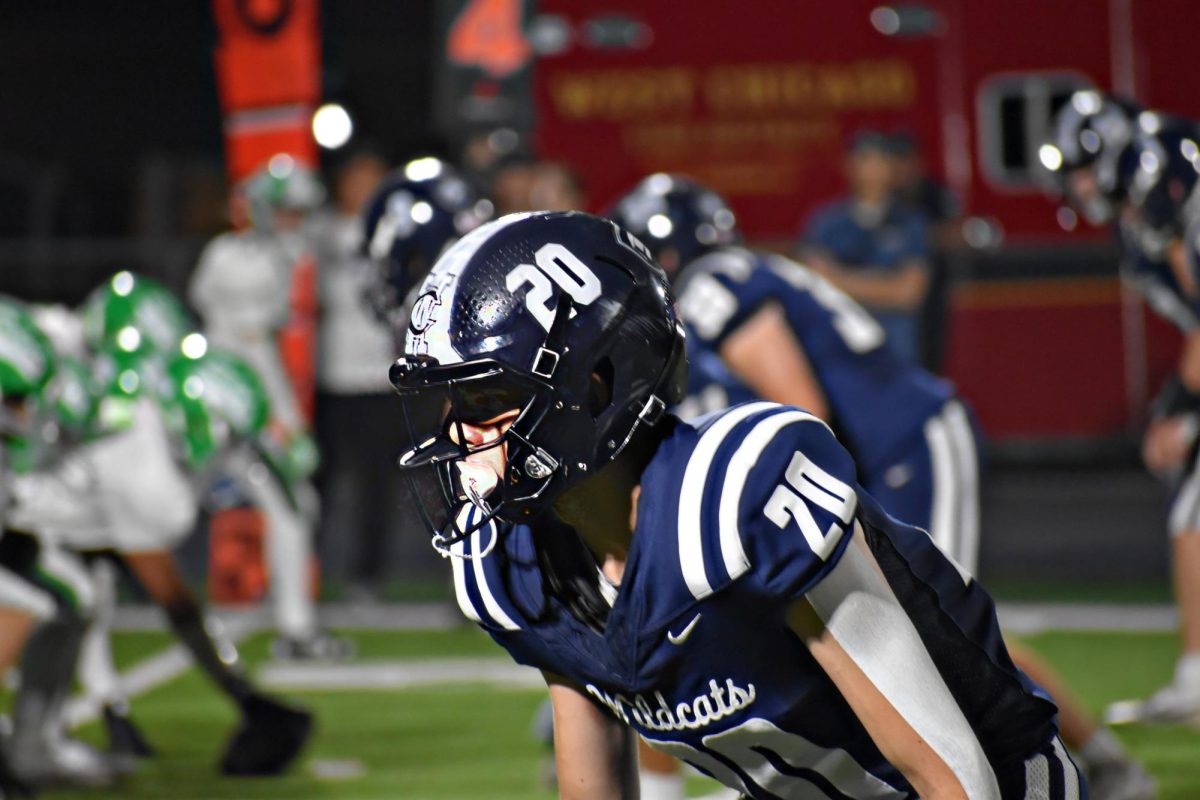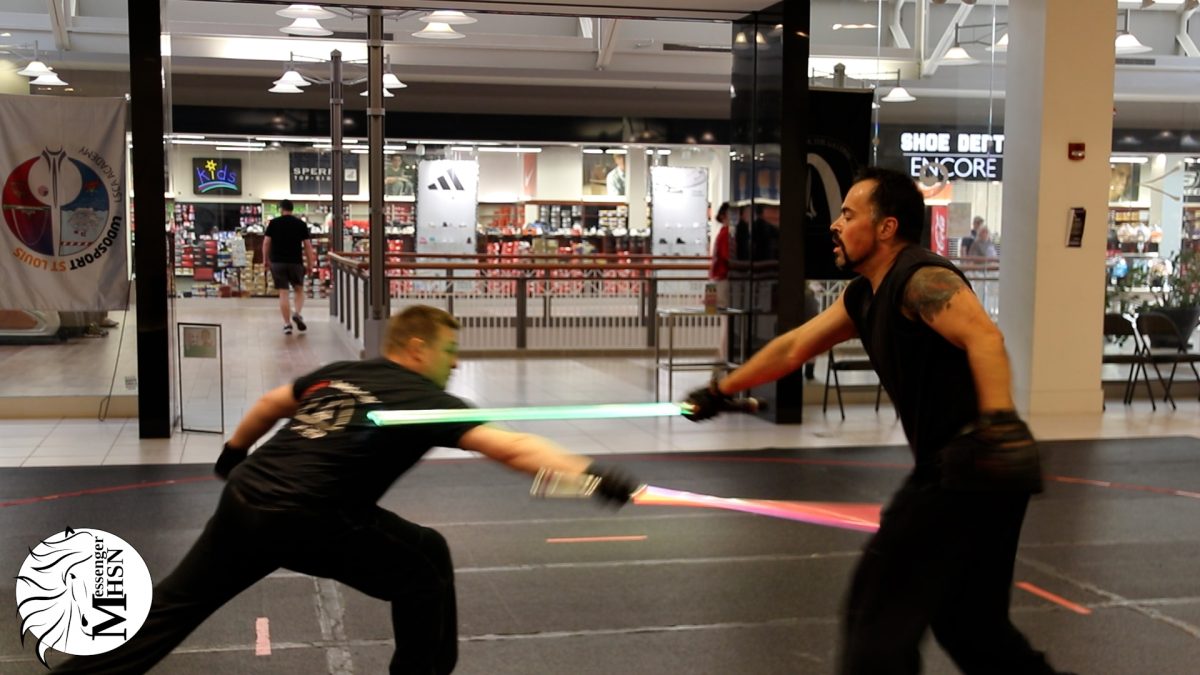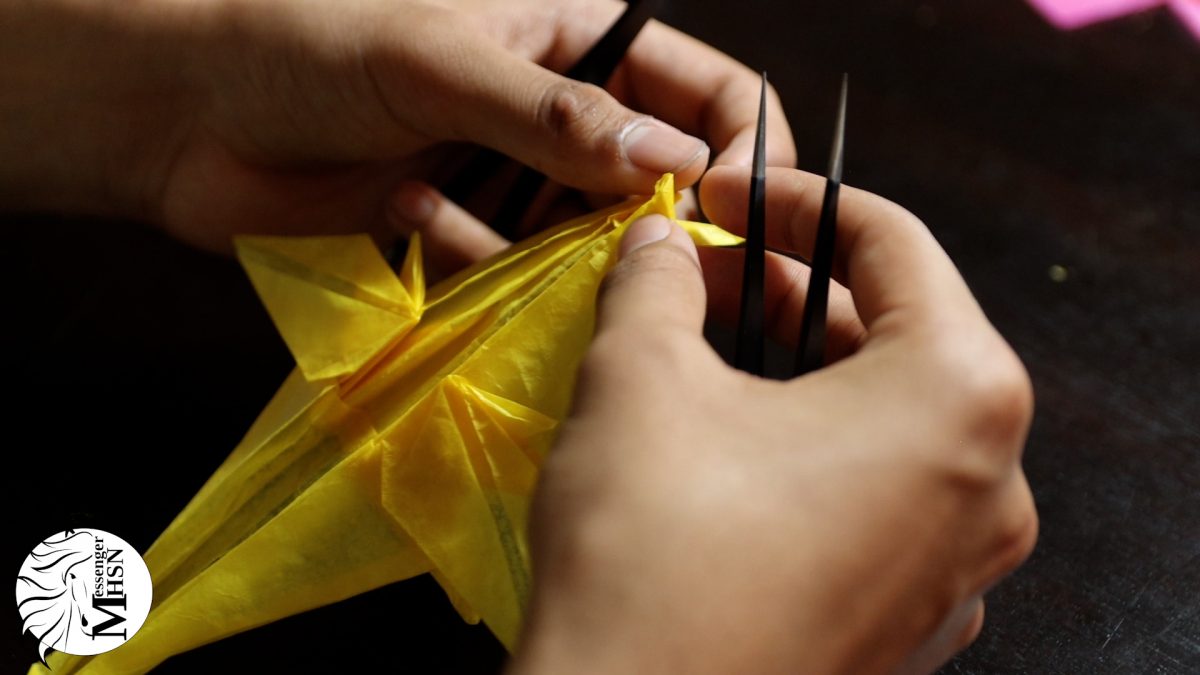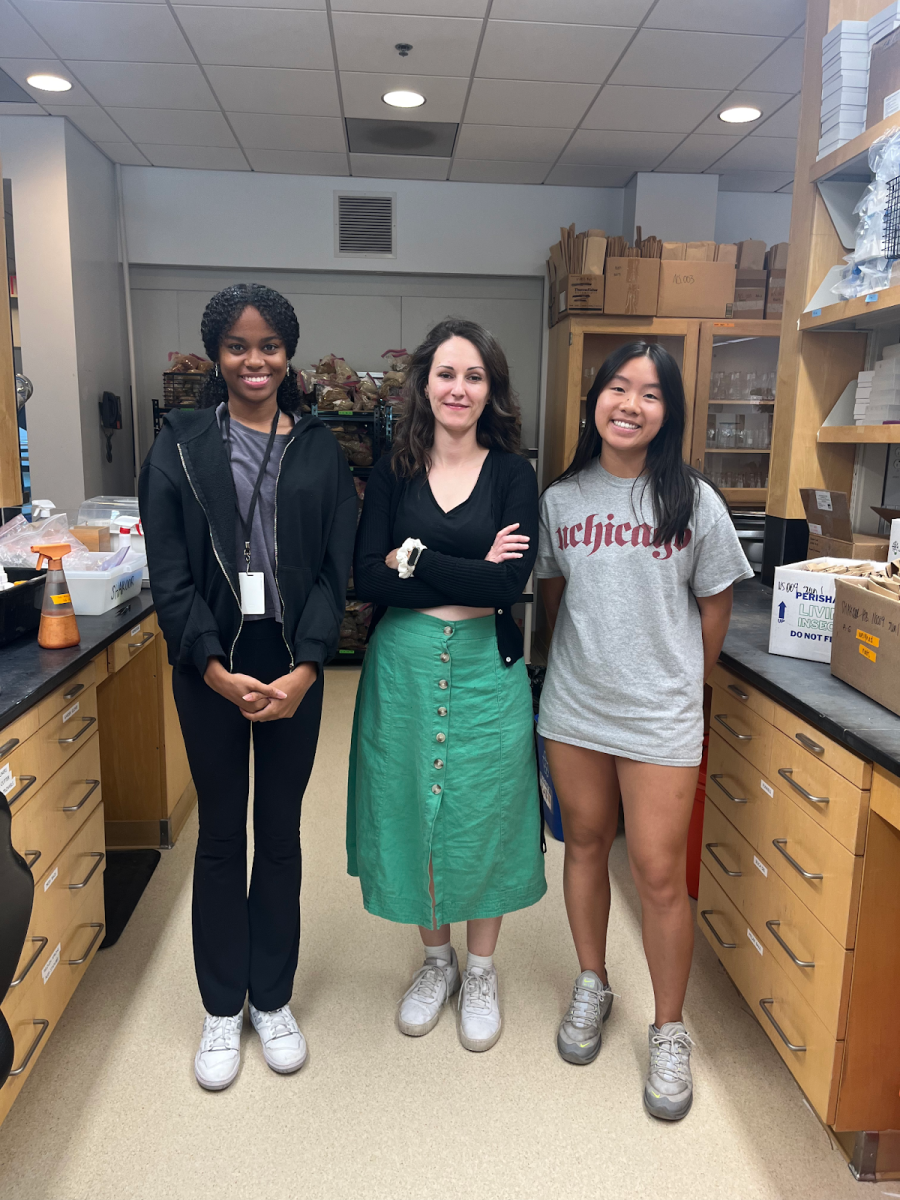Real-world courses and out-of-school opportunities are increasingly used to help students understand their future.
“CTE is where [the] real world meets application,” CTE department chair Lauren Compton said.
CTE, or Career and Technical Education, has transformed from a place where students learn homemaking skills to somewhere where students discover their fundamental interests.
“Over the last 20 years, it has been shifting into this idea of career exploration,” Compton said.
Students can apply skills learned from science and English classes while exploring possibilities. Offering classes that range from journalism, business, child development, digital creation, engineering, culinary and restaurant management to interior design, the department strives to offer courses that introduce students to various career fields.
“For example, if you like food, you can get an idea of the culinary and restaurant management. It’s not just about becoming a chef, but you can be a food stylist, a food photographer, a food forecaster, a food historian,” Compton said. “Students are getting to play with their interests right before they have to start paying for those college classes.”
The school also offers Project Lead the Way (PLTW) courses, which provide classes aligned with engineering and the medical field, such as biomedical sciences and anatomy. The CTE department provides an array of options for students interested in seeking opportunities aligned with their career path.
“We all have our personal and professional connections within various industries. Last year, I had a freshman [who] was very interested in shadowing some interior designers. I reached out to one of my friends from college who works in the commercial industry within design, and that student was able to shadow her,” Compton said.
The other way the department connects students with professionals is through the Catalyst immersion program. Directed by Justin Hildebrand, the consortium program, including Clayton, Brentwood, Ladue and University City, allows students to apply real-world knowledge and make professional connections. The program has associates who work internships and students creating products and pitching them for funding.
“We have a couple of student associates in the Ladue school district that are basically students teaching as high school students. They’re getting a sampling of what that looks like,” Compton said. “We are also looking to expand Catalyst into the medical and engineering fields.”
Another way career readiness is integrated into the curriculum is through the Individual and Academic Plan (ICAP). Starting in eighth grade, students devise a plan of study to guide students through the coursework and activities for achieving personal career goals and post-secondary planning and provide individual pathway options.
“We are required by the state to do an ICAP with every student. We update that plan every year according to a student’s interests. Every counselor meets with students to do that; we listen to whatever a student is going to say. If they say, ‘I think I want to be going to computer science,’ We start mapping things out for that path,” Director of Counseling Services Carolyn Blair said.
Blair believes that ICAP forces students to sit down and think about their future.
“I think that’s one of the biggest selling points of higher education in the United States is that you don’t have to know what you want to do. You can go in undecided and decide on the back end,” Blair said.
For students like juniors Katherine Nguyen and Dante Zou, internships outside of school complement these in-class efforts, providing hands-on experiences that further refine their interests and career goals. Nguyen’s summer internship at the Donald Danforth Plant Science Center offered a unique opportunity to explore environmental science and machine learning.
“My project was to help build machine learning processes to increase the vitality of a plant called folio,” Nguyen said. “I analyzed and labeled scans of the seeds, which helped the machine learning learn better.”
The hands-on work required skills like data analysis, graphing, critical thinking and adaptability to a less structured environment.
“Working at Danforth was unique because sometimes I was just thrown into the lab and assigned tasks without much supervision,” Nguyen said. “It was a big shift from the structured environment of school, but it helped me develop independence.”
Similarly, junior Dante Zou’s internship at the Zhou Lab at Washington University allowed him to explore biomedical engineering through hands-on research. His project centered on studying fruit flies to model the transmission of rare diseases.
“I had to cross-breed flies and analyze how their traits were passed down,” Zou said. “The process was painstaking but incredibly rewarding.”
Zou credits CHS courses like biomedical sciences and anatomy for giving him the technical foundation he needed to succeed.
“Classes like Biomed and Medical Interventions provided the skills I needed, from pipetting to analyzing data,” Zou said. “They gave me a great starting point.”
Nguyen also found that the school’s curriculum prepared her for the technical aspects of her internship.
“Having skills like working with spreadsheets and analyzing data from science classes was helpful,” Nguyen said. “Even though I hadn’t taken Biology yet, the skills I learned made it easier to adapt.”
While Nguyen and Zou valued the technical skills they gained, their internships also taught them about workplace dynamics and professionalism. Nguyen highlighted how navigating different personalities in the lab helped her grow.
“There were a lot of different personalities in the lab,” Nguyen said. “I had to address some issues directly, but it was a great learning experience that taught me a lot about communication.”
Zou learned to collaborate with graduate students and researchers while building professional connections.
“I met amazing people at the lab, including graduate students and postdocs who guided me,” Zou said. “Their mentorship was invaluable.”
Both students emphasized how their internships helped shape their future career goals. For Zou, the experience confirmed his interest in biomedical engineering.
“I’ve always wanted to merge engineering and medicine,” Zou said. “This internship showed me that biomedical engineering is a great way to combine those interests.”
Nguyen’s internship, on the other hand, gave her clarity that her career path may differ from her work in the lab.
“Although I loved my internship, I realized that research 24/7 might not align with my personality,” Nguyen said. “But it made me more interested in science and STEM in general.”
Beyond shaping career paths, these internships gave both students valuable insight into the real-world applications of their academic learning. Nguyen reflected on the importance of hands-on experiences extending beyond the classroom.
“I think it gives me an advantage because I know myself better now,” Nguyen said. “Having those experiences of what it’s like to work in a lab gives me more confidence moving forward.”
Zou agreed, adding that internships like his provide a unique opportunity to stand out in future applications.
“Working at the Zhou Lab prepared me for college-level research and helped me build connections,” Zou said. “It’s [a] hands-on experience I can’t lose.”
Both students encouraged their peers to take initiative when seeking out opportunities. Nguyen emphasized the importance of networking and being proactive.
“Do a lot of online research and apply to everything you can,” Nguyen said. “Say yes to every opportunity because the connections you make can lead to more doors opening.”
By integrating classroom preparation with real-world opportunities, the school helps students like Nguyen and Zou bridge the gap between education and career exploration. These internships are not just résumé boosters; they are transformative experiences.
“These internships give us a chance to learn about the real world and grow as individuals,” Zou said. “It’s an experience that sets us apart and prepares us for the future.”
This story was originally published on The Globe on January 31, 2025.

